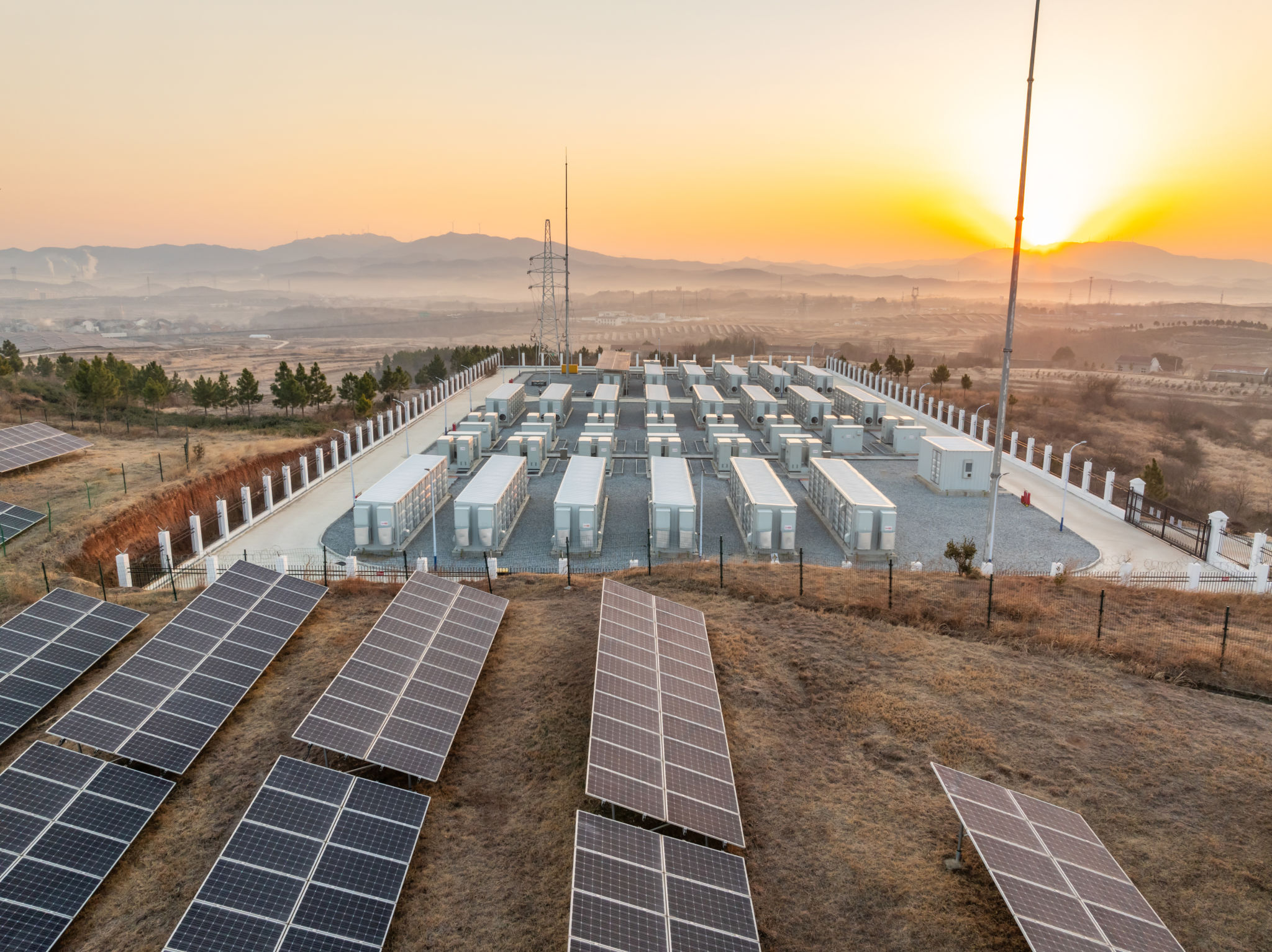The Future of Clean Energy: Innovations in Battery Storage Technology
The Rise of Clean Energy
The world is witnessing a significant shift towards clean energy, driven by the urgent need to combat climate change and reduce reliance on fossil fuels. Among various clean energy sources, battery storage technology stands out as a game-changer, offering solutions to one of the biggest challenges in renewable energy: intermittency.
As the demand for sustainable energy sources increases, innovations in battery storage technology are crucial to ensuring a stable and reliable energy supply. The ability to store energy efficiently and release it when needed will enable a more resilient and flexible power grid.

Advancements in Battery Technology
Recent advancements in battery technology have paved the way for more efficient and powerful storage solutions. Lithium-ion batteries, known for their high energy density and long cycle life, are currently the most popular choice. However, researchers are exploring alternative materials and designs to further enhance performance and sustainability.
Solid-state batteries are gaining attention due to their potential to offer higher energy densities and improved safety features compared to traditional liquid electrolytes. Additionally, flow batteries, which use liquid electrolytes stored in external tanks, provide scalable energy storage solutions suitable for large-scale applications.
The Role of Artificial Intelligence
Artificial intelligence (AI) is playing an increasingly important role in optimizing battery performance and lifecycle management. AI algorithms can predict energy demand patterns, optimize charging cycles, and extend battery life by minimizing degradation. This integration of AI into battery systems can lead to more efficient and cost-effective storage solutions.

Impact on Renewable Energy Adoption
Battery storage technology has the potential to significantly impact the adoption of renewable energy sources like solar and wind. By effectively storing excess energy generated during peak production times, batteries can ensure a steady supply even when weather conditions are not favorable.
This capability to balance supply and demand can reduce the need for fossil fuel-based peaking power plants, leading to a cleaner and more sustainable energy grid. Moreover, improved storage solutions can facilitate the integration of distributed energy resources, empowering consumers to participate actively in the energy market.
Challenges and Opportunities
Despite the promising advancements, several challenges remain in the development and deployment of battery storage technology. Cost is a significant barrier, as high-quality batteries often come with substantial price tags. Additionally, issues related to resource availability and environmental impacts of battery production need to be addressed.

However, these challenges present opportunities for innovation and collaboration across industries. Governments, private companies, and research institutions are investing heavily in research and development to overcome these obstacles and accelerate the transition to a sustainable energy future.
The Road Ahead
The future of clean energy is closely tied to innovations in battery storage technology. As advancements continue to unfold, we can expect more efficient, affordable, and sustainable solutions that will play a crucial role in mitigating climate change and transforming our energy systems.
By embracing these innovations, we move closer to a world where clean energy is not just an alternative but the norm. The journey may be challenging, but the potential rewards for our planet and future generations are immense.